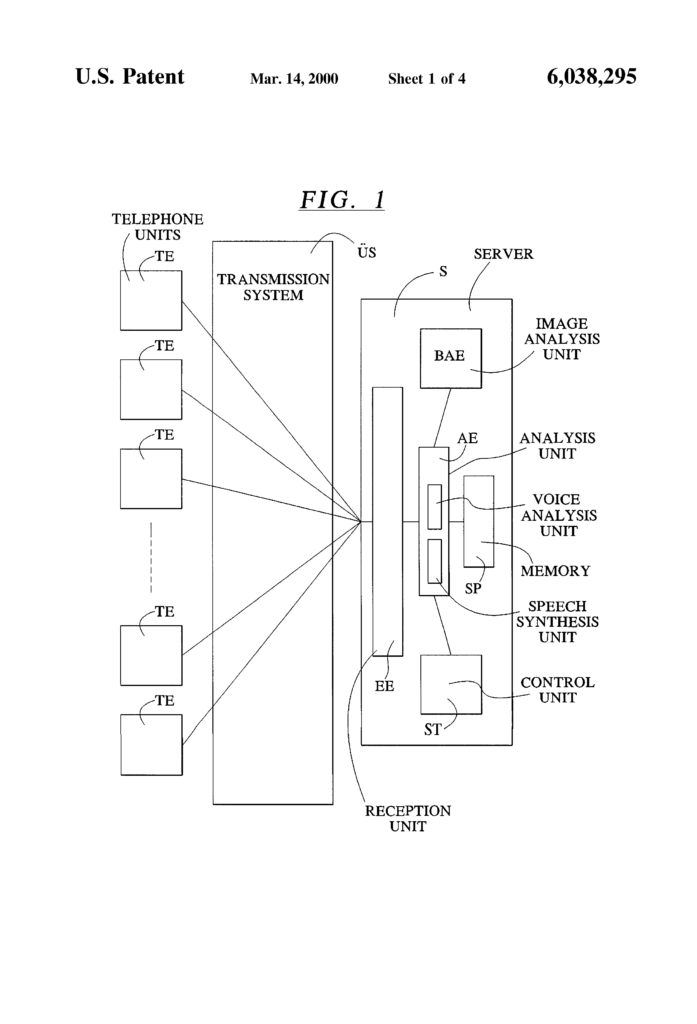Bozeman Financial LLC appealed from a decision of the U.S. Patent and Trademark Office’s Patent Trial and Appeal Board holding all of the claims of U.S. Patent Nos. 6,754,640 and 8,768,840 ineligible under 35 U.S.C. §101.
Claim 1 of the ’840 patent is representative:
1. A computer implemented method for detecting fraud in financial transactions during a payment clearing process, said method comprising:
- receiving through one of a payer bank and a third party, a first record of an electronic financial transaction from at least one of the following group: a payer, a point-of-sale terminal, an online account and a portable electronic device;
- storing in a database accessible by each party to said payment clearing process of said electronic financial transaction, said first record of said electronic financial transaction, said first record comprising more than one parameter;
- receiving at said database at least a second record of said electronic financial transaction from one or more of a payee bank and any other party to said payment clearing process as said transaction moves along said payment clearing process, wherein said second record comprises at least one parameter which is the same as said more than one parameter of said first record;
- each of said first and second records received at said database comprise at least two of the same said more than one parameters;
- determining by a computer when there is a match between at least two of said parameters of said second record of said first financial transaction received at said database and the same parameters of said first record of said financial transaction stored in said database, and wherein any party to said payment clearing process is capable of verifying said parameters at each point along said financial transaction payment clearing process;sending a notification to said payee bank participant with authorization to process said electronic financial transaction when said parameters match;
- and sending a notification to said payee bank participant to not process said electronic financial transaction when said parameters do not match.
The Board determined that the ’640 patent’s claims are directed to the abstract idea of “collecting, displaying, and analyzing information to reconcile check information against a ledger.” The Board determined that the ’840 patent claims are directed to the abstract idea of “collecting and analyzing information for financial transaction fraud or error detection.” The Board found that the claims do not contain an inventive concept to render them eligible under §101.
The Federal Circuit applied the two-step framework set forth in Alice to determine patent-eligibility under §101.
Considering Alice Step 1, the Federal Circuit stated that verifying financial documents to reduce transactional fraud is a fundamental business practice that, without more, is not eligible for patent protection.
The Federal Circuit stated that their recent decision in Solutran, Inc. v. Elavon, Inc. held claims like the claims of the ’840 patent ineligible. 931 F.3d 1161 (Fed. Cir. 2019). In Solutran, the claims recited a method for electronic check processing.
Bozeman argued that the claimed method is a physical process that improves handling and processing of checks, not an abstract idea. It argued that because the process involves tangible steps, it cannot be an abstract idea, even if the claims additionally involve or include otherwise abstract concepts.
The Federal Circuit dismissed this argument. As they explained in Solutran, “the physicality of the paper checks being processed and transported is not by itself enough to exempt the claims from being directed to an abstract idea.”
Considering Alice Step 2, the Federal Circuit stated that he technological components recited in claim 1 of the ’840 patent were conventional, off-the-shelf computer components. Nothing in the claims, understood in light of the specification, appears to require anything more than off-the-shelf, conventional computer, storage, network, and display technology for collecting the data related to financial transactions, and displaying the data to the users.
The Federal Circuit did not consider that a programmed computer becomes a new machine. They also did not find that the claims met the machine-or-transformation test.
One must wonder if the outcome could have been different if the Federal Reserve Banks were not involved. The Federal Reserve Banks do not believe in patents covering financial methods. On the other hand, there are plenty of issued patents covering Bitcoin and blockchain.
 TLI Communications hold U.S. Patent No. 6,038,295 relating to a method and system for taking, transmitting, and organizing digital images.
TLI Communications hold U.S. Patent No. 6,038,295 relating to a method and system for taking, transmitting, and organizing digital images.